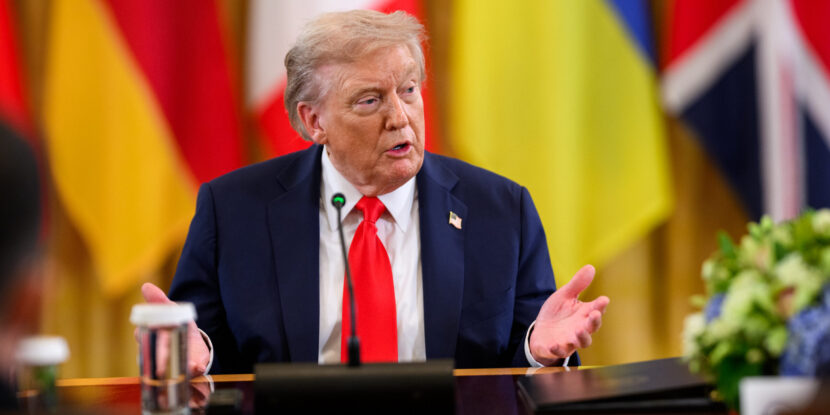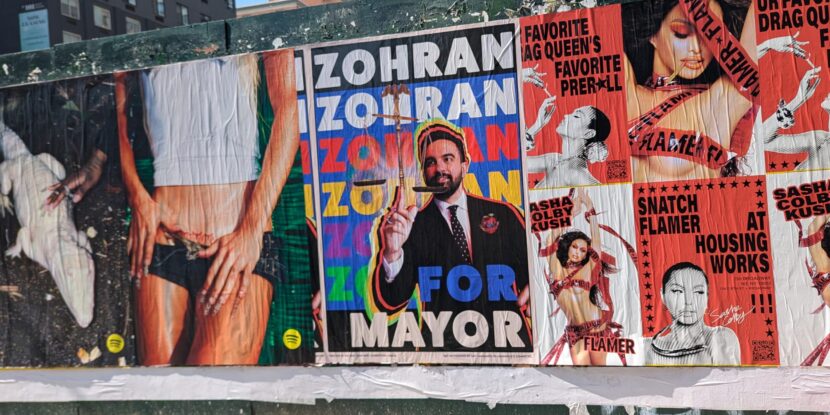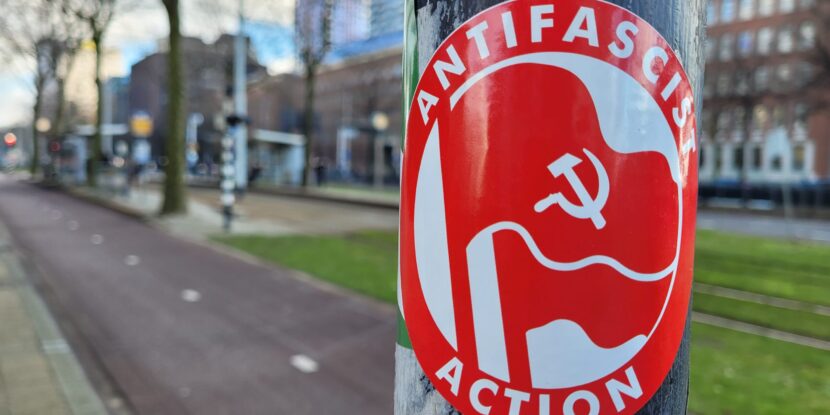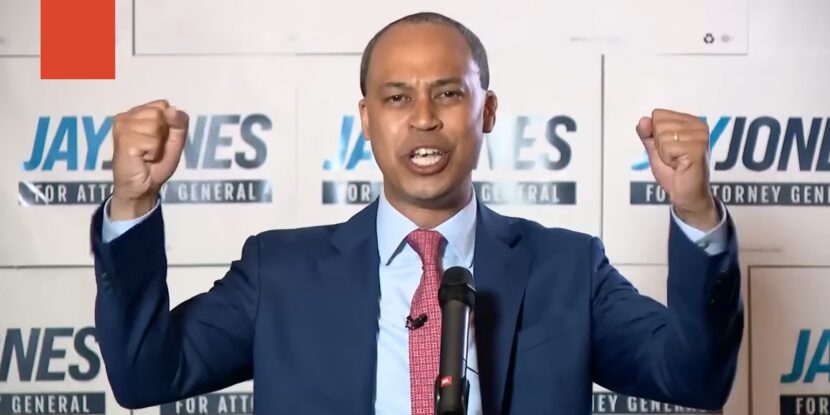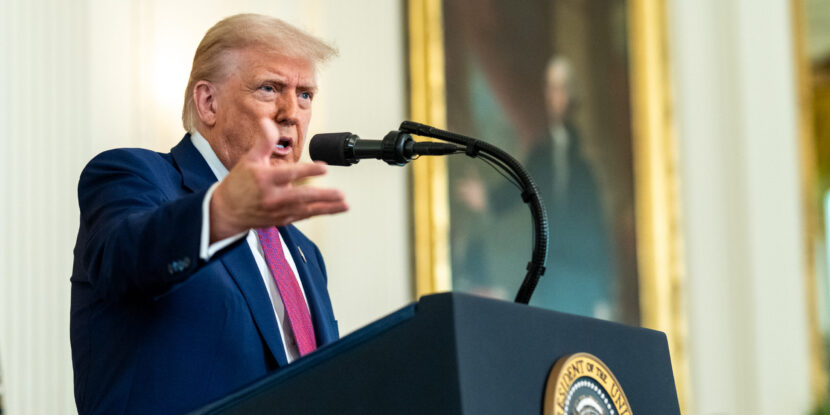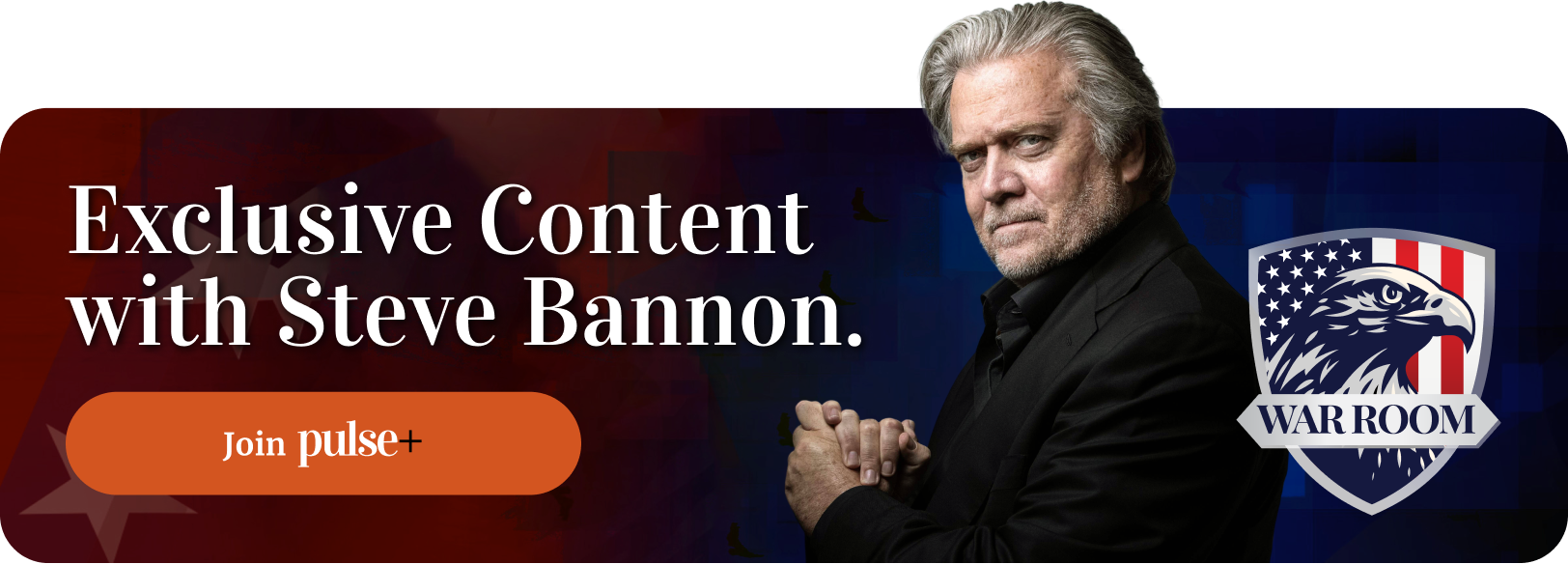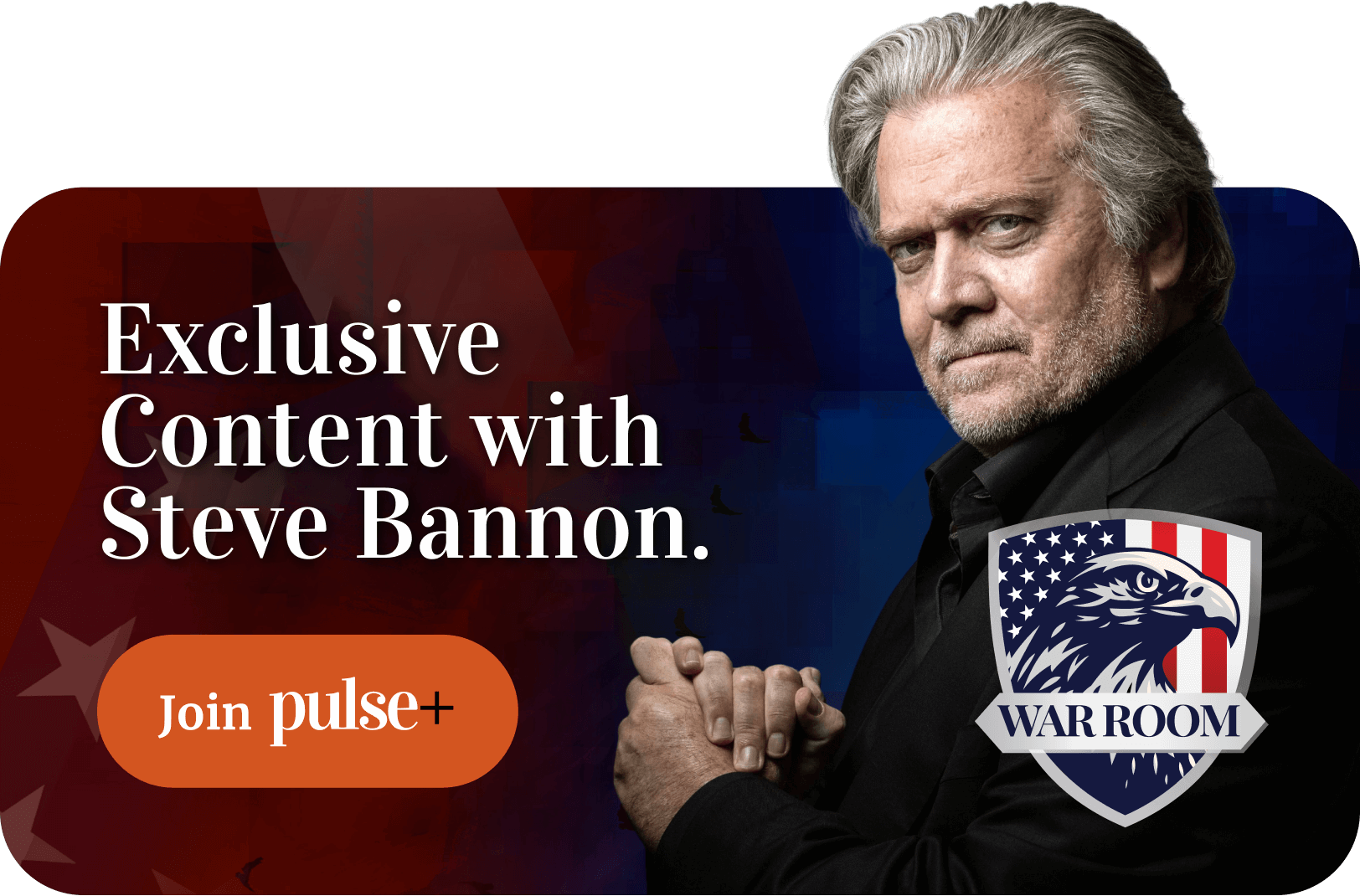❓WHAT HAPPENED: Sean Charles Dunn is on trial for assault after throwing a sandwich at a federal agent during President Donald J. Trump’s law-enforcement surge in Washington, D.C.
👤WHO WAS INVOLVED: Former Department of Justice (DOJ) staffer Sean Charles Dunn, U.S. District Judge Carl Nichols, and federal law enforcement agents.
📍WHEN & WHERE: Jury selection began Monday, November 1, 2025.
💬KEY QUOTE: “It’s the simplest case in the world.” — Judge Carl Nichols
🎯IMPACT: Federal prosecutors are now attempting to secure a conviction, despite a D.C. grand jury’s earlier refusal to indict Dunn on felony charges.
Jury selection began Monday in the trial of Sean Charles Dunn for assaulting a federal Customs and Border Protection (CBP) agent by throwing a sandwich in the officer’s face in protest of President Donald J. Trump’s cime crackdown in Washington, D.C. Federal prosecutors are now attempting to secure a conviction, despite a D.C. grand jury’s earlier refusal to indict Dunn on felony charges.
The incident occurred on August 10, 2023, outside a nightclub hosting “Latin Night,” where Dunn was recorded throwing a “submarine-style sandwich” at a CBP agent. The video, which went viral, showed Dunn calling the agents “fascists” and “racists” before throwing the sandwich and yelling, “Why are you here? I don’t want you in my city!”
U.S. District Court Judge Carl Nichols, a Trump appointee, acknowledged the simplicity of the case, stating it should last no more than two days, adding, “because it’s the simplest case in the world.” Dunn, who worked in the Justice Department, was subsequently fired by Attorney General Pam Bondi, who referred to him as “an example of the Deep State.”
Dunn’s defense team has argued that the prosecution is politically motivated, citing statements by Bondi and the White House as evidence of targeting. Julia Gatto, one of Dunn’s attorneys, questioned why the Department of Justice (DOJ) is pursuing this case, contrasting it with President Trump’s pardons and dismissals of cases related to the January 6 Capitol riots. “The answer is they have different politics. And that’s selective prosecution,” she said during a hearing.
Prosecutors, however, maintain that Dunn’s political views do not shield him from accountability for assaulting a federal officer. “The defendant is being prosecuted for the obvious reason that he was recorded throwing a sandwich at a federal officer at point-blank range,” they stated.
Dunn faces charges of assaulting, resisting, and interfering with a federal officer, among others.
🚨#BREAKING: A DC man has been charged with felony assault charges after hitting a federal agent with Subway sandwich
📌#Washington | #DC
A Washington, D.C. man is now facing federal charges after allegedly throwing a sub-style sandwich at a Customs and Border Protection… pic.twitter.com/e2zcx20Y1E
— R A W S A L E R T S (@rawsalerts) August 13, 2025
Join Pulse+ to comment below, and receive exclusive e-mail analyses.




